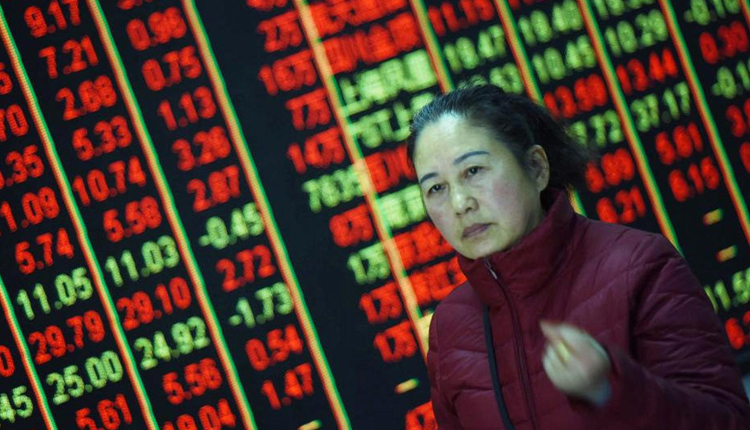Asian stocks rose on Tuesday following overnight advances on Wall Street, as worries over a possible global economic slowdown eased, but markets gave up some of their gains in late-morning and afternoon trade.
The Shanghai composite was up 0.25 percent while the Shenzhen composite rose 0.43 percent. Hong Kong’s Hang Seng index gave up most of its early gains to trade near flat.
The Nikkei 225 in Japan rose 0.31 percent while the Topix index traded flat. The yen, considered a safe haven currency, traded at 111.36 to the dollar, weakening from levels near 110.00 in the previous week as investors took on more risk.
In South Korea, the Kospi index was up 0.3 percent.
Australia’s benchmark ASX 200 was up 0.47 percent as the heavily weighted financial subindex added 0.72 percent while the energy subindex was up 1.03 percent.
The Reserve Bank of Australia kept its policy cash rate unchanged at 1.50 percent in line with market expectations.
In the monetary policy statement, Governor Philip Lowe said the low level of interest rates is supporting the Australian economy. He said the country’s labor market remains strong and it has led to some pick-up in wages growth. The RBA expects further progress in reducing unemployment and for inflation to gradually return to its target.
Lowe said the central scenario is for underlying inflation to be 2 percent in 2019 and 2.25 percent in 2020.
Australia is also set to announce the Federal Budget later in the day.
The Australian dollar had a muted reaction following the RBA’s decision, trading at $0.7106 at 11:32 a.m. HK/SIN, off an earlier high of $0.7129.
Data released Monday showed promising signs in the world’s two largest economies, the U.S. and China, which helped ease fears of a global economic slowdown. U.S. manufacturing activity expanded last month, rebounding from its lowest level since late 2016.
In China, the Caixin/Markit Manufacturing Purchasing Managers’ Index jumped to 50.8 in March, its highest level in eight months, beating economists’ expectations of a 49.9 print.
“Better-than-expected US data helped ease fears about the US growth outlook (for the moment) while the rebound in China’s manufacturing data continued to ripple across global markets,” analysts at ANZ Research said in a morning note. “Recession chatter very much took a back seat as the US yield curve bear steepened.”
The dollar index, which measures the greenback against a basket of peers, last traded at 97.330, climbing from levels near 96.600 in the previous week.
Oil prices rose around 2 percent on Monday to new 2019 highs and advanced further Tuesday morning during Asian hours. Global benchmark Brent traded up 0.16 percent at $69.12 a barrel while U.S. crude futures were up 0.32 percent at $61.79.
Production cuts from OPEC helped push the group’s supply to a four-year low in March while Venezuela’s output fell further due to U.S. sanctions and power outages, Reuters reported.
Elsewhere, the U.K. was no closer to resolving the chaos surrounding its departure from the European Union. On Monday, the British parliament failed to find a majority of its own for any alternative to Prime Minister Theresa May’s Brexit deal.
The British pound traded at $1.3067, dropping from levels near $1.3200 last week.
Source: CNBC


